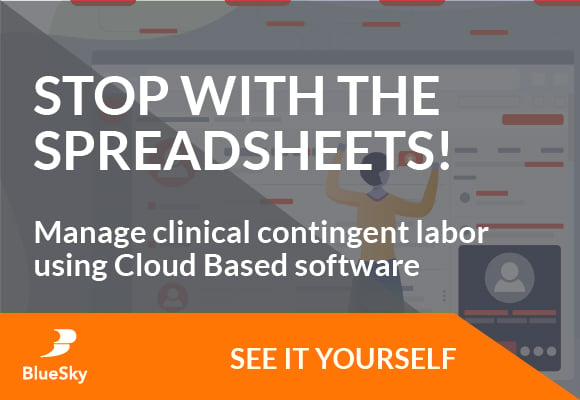 As the Affordable care act comes closer to full implementation, multiple factors will combine to assess the impact on the demand for contract labor. It is impossible to determine demand figures using historic data as the ACA has thrown an entirely new set of governing principles into play. When all the new regulations for payment are integrated, the resultant demand for human resources will become extremely complex.
As the Affordable care act comes closer to full implementation, multiple factors will combine to assess the impact on the demand for contract labor. It is impossible to determine demand figures using historic data as the ACA has thrown an entirely new set of governing principles into play. When all the new regulations for payment are integrated, the resultant demand for human resources will become extremely complex.
At a glance, it would seem demographics and the expected increase in the number of insureds would alone serve to drive up the need for an increasing supply of healthcare workers. The leading edge of baby boomers moving into more acute levels of care coupled with the growing number of retirements in the healthcare sector is no small element in determining the supply constraints. In figuring the logistics of more people requiring treatment due to expanded healthcare coverage, it may be instructive to look beyond the existing models of care and imagine how much of the existing care can be shifted downward, from physicians to physician assistants, nurse practitioners, and so on down the clinical line. This is already occurring in many areas of the country, and requires a shift in how supply figures are determined for the future.
As if these changes aren’t enough to cloud the picture, the ACA IS, after all, about containing costs. Once again, the math gets complicated. Reimbursement will be all about making the numbers work in an environment where outcomes are measured, and quality, as defined by the ACA, will be paid for. This is, as they say, why hospital administrators get the “big bucks”. They will struggle to determine the best possible mix in the delivery of care that maximizes positive outcomes, while minimizing total cost of care.
How can the existing models for the delivery of care be customized to reduce overall cost while improving outcomes? My best guess is that the entire healthcare delivery system as currently structured will require dramatic changes. The systems that get it right will be in a position to further expand their footprint in the country as they gobble up systems that just can’t make the necessary changes. As is always the case with massive change, holding on to the old paradigm of care will inevitably break some familiar, large-scale systems. Let’s hope most can figure it out sooner rather than later.




